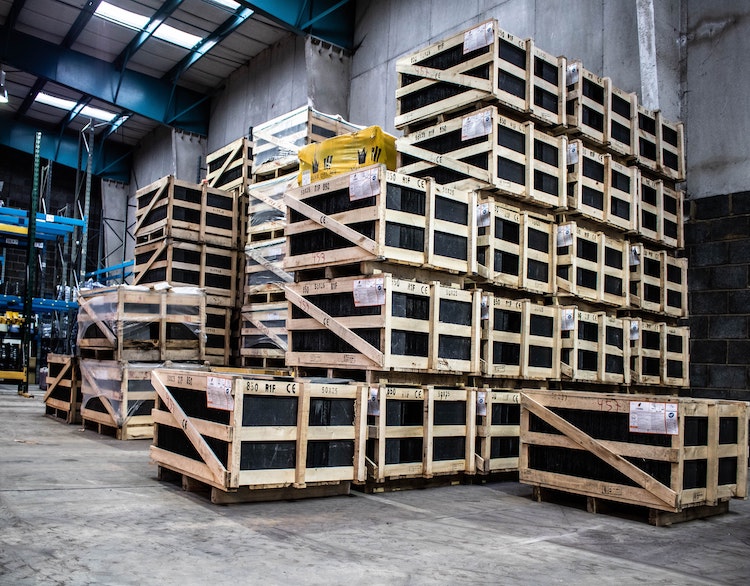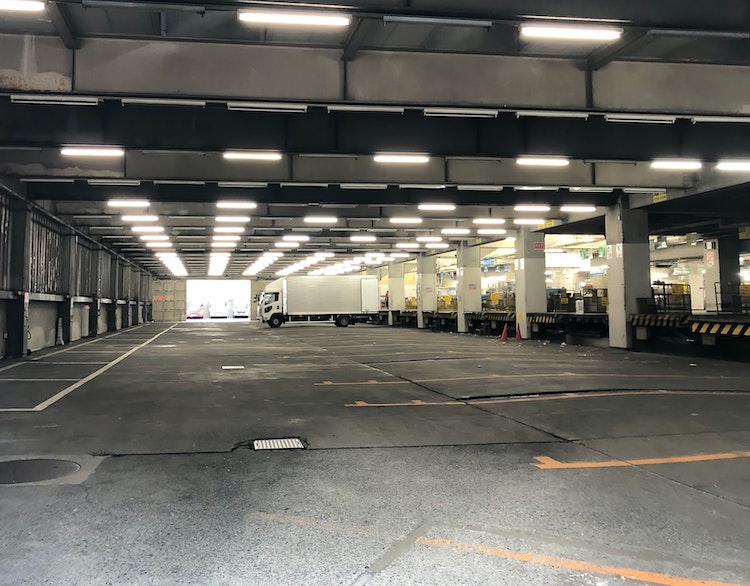Thought Leadership Corner: Warehousing in a post-pandemic era
From the very start of the COVID-19 outbreak, before it had been declared a pandemic, global supply chains came under strain. One of the first challenges was the lockdown in the city of Wuhan, in China’s Hubei province.
Wuhan is a very important industrial centre. It’s been estimated that more than 200 of the Fortune Global 500 firms have operations in Wuhan. Once the city went into lockdown, the rest of the world began to experience shortages. Transportation was also brought to a standstill, meaning those goods that were available weren’t being shipped.
It was the perfect illustration of how globalised our world is and how lean supply chains have become. The world of international trade is configured to operate in a just-in-time manner.
Just-in-time is great for efficiency. Resources are only drawn down or deployed when needed. Costs are kept to a minimum. Stock moves only when orders have been placed. A generation of warehouse and distribution centre evolution has supported the just-in-time model. But now we might be about to see some changes.
The French multinational electronics group, Schneider, has invested $40 million in several of its US sites to improve resilience and make it better able to withstand severe disruption in the future. Writing in the publication SHD Logistics earlier this year, John Manners-Bell, chief executive of the research and analysis consultancy, Ti Insights, detailed many of the effects the pandemic has had on supply chains across the world.
As just-in-time starts to give way to just-in-case, here are three trends that could shape the future of warehousing and help bridge the gap between lean and robust operations.

1) More inventory
Buffers of stock will be required to fight off future global disruption. If there’s a risk you won’t be able to get products from your suppliers in China, you need to have stock elsewhere. And the closer it is to your customers, the better.
So, instead of being fast-in, fast-out distribution hubs, warehouses will have to recapture some of their old-school charms by being capable of storing goods. It sounds so obvious, right? But the devil is in the detail. These safety-buffers of stock will need to be as clean and cared for as though they had just left the factory. There can be no damp and dirty conditions. Similarly, inventory will need to be tracked at all times so it can be counted accurately and retrieved immediately.
There will be new warehouse construction, of course. But warehouse space must be used in more intelligent, more creative ways. Conditions and convenience will be more important than whether a building is an actual warehouse. Any suitable space should be investigated for its commercial usefulness.
2) Greater role for 3PLs
De-risking is likely to become a priority for many retailers in the wake of the pandemic. Along with supply chain disruption, there have been volatile swings in customer demand from category to category. Throughout 2020, but particularly when lockdowns were in operation, sales of some items have come to a standstill while others are in high demand.
Those retailers struggling to cope with this new-found volatility may come to look for opportunities to outsource as much risk and uncertainty as they can. That could well mean handing off warehousing and warehouse staff wherever possible.
Fulfilment is vitally important to retailers. But it’s not their area of expertise. Step forward third-party logistics providers. Specialising in managing facilities, vehicles and people, who better to help reduce retailers’ exposure to uncertainty-related risk? But beyond the warehouse, there may also be a need to look at the last mile in a new way, too. If 3PLs are ideal for goods-in/goods-out, a similar level of hyperlocal expertise should also be investigated as a way of improving the very end of the supply chain.
3) The rise of automation
From Ocado’s high-tech vision of robot workers to the use of AI-assisted picking guides, the growing use of automation in the fulfilment sector is not new. Like many of the trends ignited by the pandemic, we are likely to witness an acceleration in the adoption of automated technologies.
In 2019, the global market for warehouse robotics was worth approximately $3.58 billion. It could grow to around $6.85 billion by 2025. That might turn out to be a very conservative estimate though. If you follow that ‘$6.85 billion’ link you will also find a reference to a study from DHL claiming that 80% of all warehouses contain no automation technology at all. That’s a lot of market potential for AI salespeople to target.
Of course, it won’t be a simple as putting some AI into every warehouse. Some just won’t suit it. There are already problems in the UK stock of warehouses with an oversupply of old, out-dated premises that are simply unsuited for today’s fulfilment needs. Added to that, most of the available space has been almost full for quite some time. Old sites will gradually be left empty as more high-tech facilities are built with automation in mind.

There is a common thread running through these trends – the ability to respond to change in a flexible manner. The transition to more AI or increased inventory, or even toward outsourcing should not be thought of as a destination. Instead, these things should be regarded as preventing operations being so rigid in the future that the next unforeseen wave of disruption can be dealt with more effectively.
Parcelly Adds: “By turning redundant space in local shops and businesses into parcel storage capacity, Parcelly has created a sustainable nationwide sharing economy platform with a technology that can be integrated into any retail or logistic company's supply chain fulfilment process. Our dynamic network of PUDO locations is an enabler for Hyperlocal delivery solutions, accessible to retailers and logistics partners of all kinds, and a hub for storing, consolidating, cross-docking and Hyperlocal warehousing of items.
Our technology platform is facilitating the rapid scaling of different organisations first-mile warehousing operations while subsequently offering unapparelled customer convenience. To find out more about our innovative services and set up a demo please contact
This website and its content is copyright of Parcelly - © Parcelly Ltd. 2021. All rights reserved. You may not, except with our express written permission, distribute or commercially exploit the content. Nor may you transmit it or store it in any other website or other form of electronic retrieval system.
2014-2024, Parcelly Ltd, All Rights Reserved

